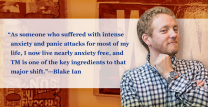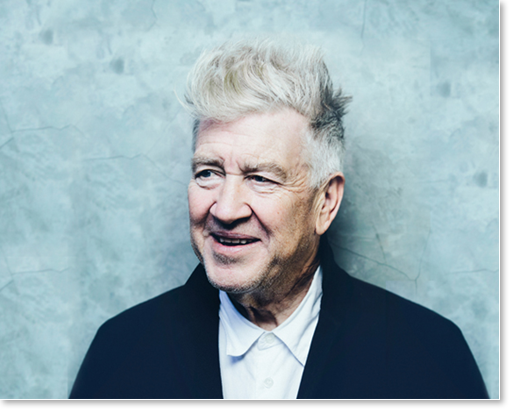“It” is a relatively simple practice. It consists of devoting twenty minutes twice a day to meditating, which in the Transcendental iteration means silently chanting a Sanskrit mantra. (The mantra must be given by a teacher of Transcendental Meditation, as part of an instruction that can cost upwards of $1,000.) Devotees say that it combats stress, improves mood, and staves off illness and disease. Remarkably, science confirms much of this. The American Heart Association found in a study that Transcendental Meditation, alone among meditation practices it tested, reduces high blood pressure; other studies indicate it can improve functional capacity in patients with congestive heart failure. Over the past forty years, more than 300 studies have been published about the effects of the practice in peer-reviewed medical journals, and the National Institutes of Health and the Department of Defense have both given millions for further testing. While a quick Google search does turn up skeptics and critics—more of charlatan practitioners than of the practice itself—the tide seems to be now firmly in TM’s favor.
“In 1968, meditation was a fad,” says Roth. “In 2013, because of the research, Transcendental Meditation is being incorporated into the actual fabric of our culture.”
There’s something undeniably intriguing about the beatific bliss that Lynch and Zucchelli radiate—in the filmmaker’s case, in stark contrast to his dark, often violent work. I wanted to find out more about the connection they both draw between the practice and their creative lives. Below, condensed and edited, is a transcript of that free-flowing discussion.
One of the things I hope we can talk about today is the creative process as it relates to Transcendental Meditation, because it’s something—besides Calvin Klein—that you two have in common. Do you think that TM has something special to offer to people who work in the arts?
DL: Absolutely is the answer, but [also] for all human beings. The thing that people are really starting to realize now is that every human being has this treasure within. It’s always been there—it’s an eternal level. TM is a mental technique, so you dive within mind and intellect, and at the border of intellect you transcend and you experience that deepest level, that treasury. It has many names, but it doesn’t matter what the name is. Quantum physics calls it the unified field; it says everything that is a thing has emerged from this field. One [other] name for it is the Self, with a capital S. “Know thyself”—this is the Self that they’re talking about. TM is like being given a key that opens the door to that. I say it’s the number-one tool of the artist.




